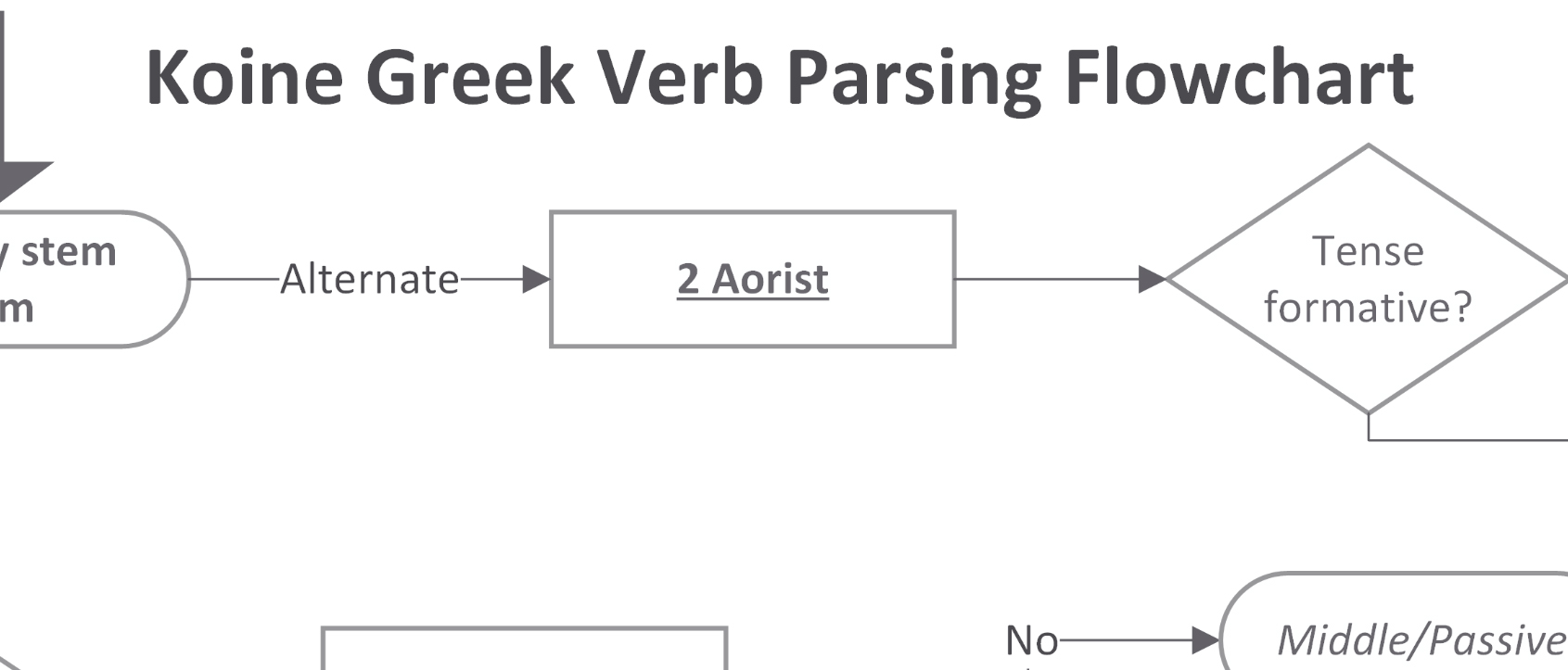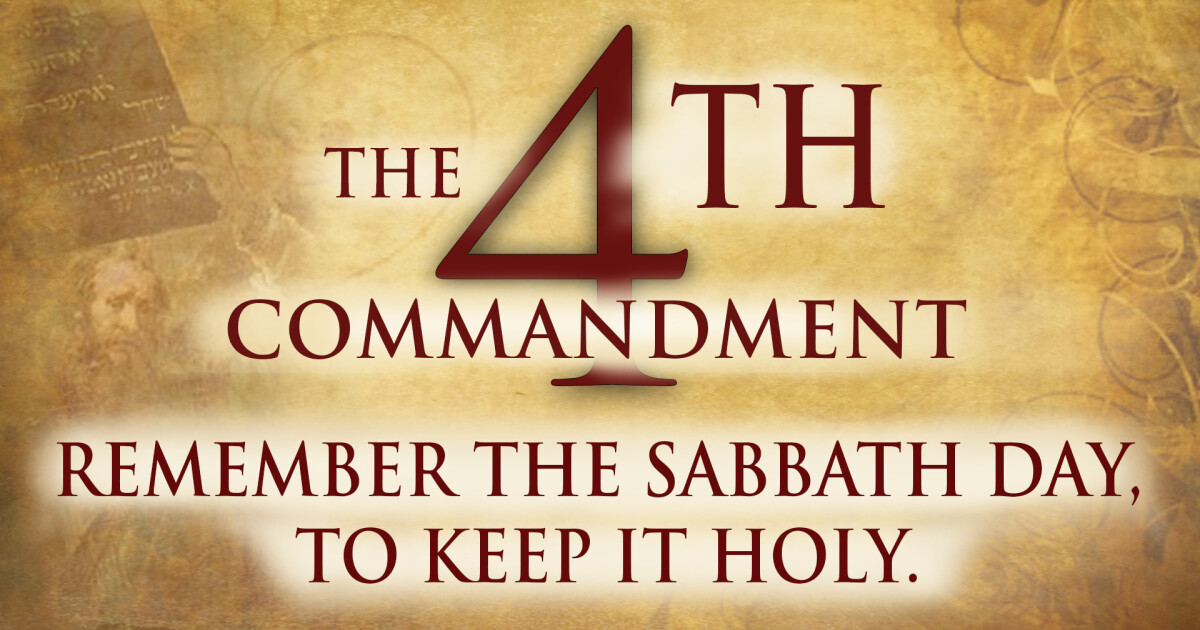...n 1:7.
(4) At the second advent in chapter 19, AntiChrist is destroyed, while at the second advent in 1:7, AntiChrist is not destroyed.
(5) The second advent of chapter 19 initiates the millennium, but no mention of any millennium is found in 1:7, thus inferring that amillennialism may be the Biblical teaching here.
This type of argument could be carried on indefinitely from the two passages until dozens of supposed “distinctions” were noted. . . . Such arguments, if expanded slightly, could be used to “prove” three, four, five, or almost any number of future comings of Christ. Such arguments, then, are completely irrelevant to a serious Study of the nature and time of the second advent and serve to influence chiefly those who are impressed more with the quantity than the quality of the arguments. (pp. 169-170)
He then goes to deal with the distinction (for dispensationalist also a separation) between Christ’s coming for His saints and coming with His saints (pp. 170-171). Both will happen at the same time. When Christ comes from heaven with the dead in Christ, He will catch away the living saints (coming for His saints), and then proceed down to the earth (coming with His saints). This is how the word apantesis is used in the New Testament and in the ancient world (1 Thess. 4:17; Matt. 25:6; Acts 28:15-16). Dr. Menn cites F. F. Bruce who said: “When a dignitary paid an official visit or parousia to a city in Hellenistic times, the action of the leading citizens in going out to meet him and escorting him on the final stage of his journey was called the apantēsis.” (p. 170)
The Antichrist
The next chapter is titled “The Antichrist” and it is about a fascinating subject. This is especially fascinating in light of the time in which we are living where people are expecting “the mark of the Beast” and the arise of Antichrist everywhere.
Early in the church, with Irenaeus (ca. 130-200) and Hippolytus (ca. 170-236), Christians started to believe that the Antichrist would be a person from the tribe of Dan (p. 176). This is in contrast to the Jewish idea that the enemy of God would be a Gentile. The Christian position was based upon Jeremiah 8:16 and the absence of the tribe of Dan from Revelation 7:4-8. The characteristics of Antichrist from Irenaeus to the early fourth century are summarized by David Aune as: “(1) he is the agent of Satan, (2) he is a deceiver, (3) he performs false signs and wonders, (4) he is extremely evil, (5) he persecutes the people of God, (6) he has excessive pride, and (7) he claims divine honors.” (pp. 176-177)
As to the question of whether Antichrist is a person or a personification, Dr. Menn argues that it is a personification since ‘the Bible always uses the term “beast” to describe empires, not individuals. The description of the “beast” in Revelation 13 is drawn from Daniel 7, which describes four empires as four different beasts. The fourth beast in Dan 7:7–8, 11–12, 19–25 refers to the Roman Empire, not an individual. Nevertheless, the fourth beast is spoken of in “personal” terms. Consequently, the use of personal pronouns to refer to the “beasts” of Revelation is not determinative of whether Antichrist is a person.’ (p. 177)
He begins his biblical survey with the Antichrist texts in John&rsquo
...




.jpg)


